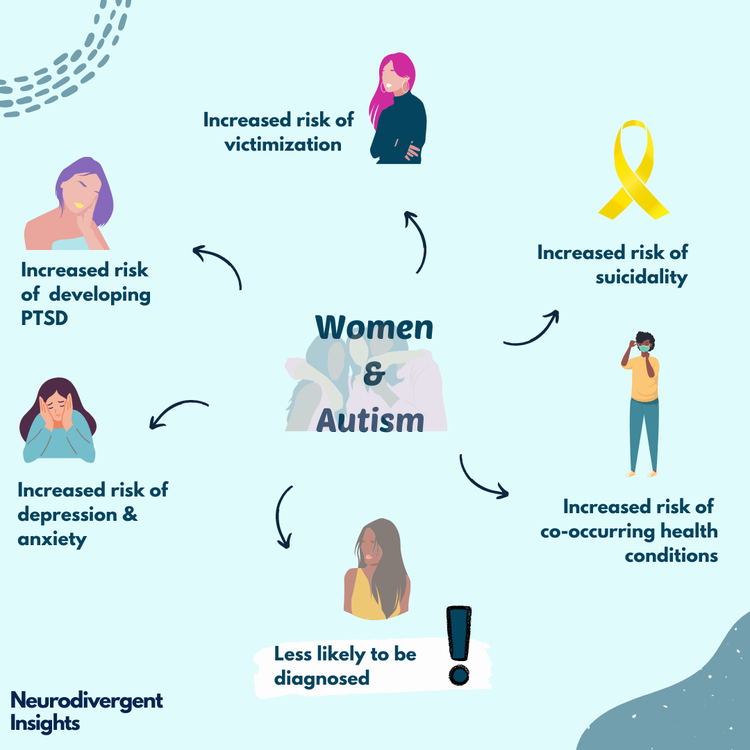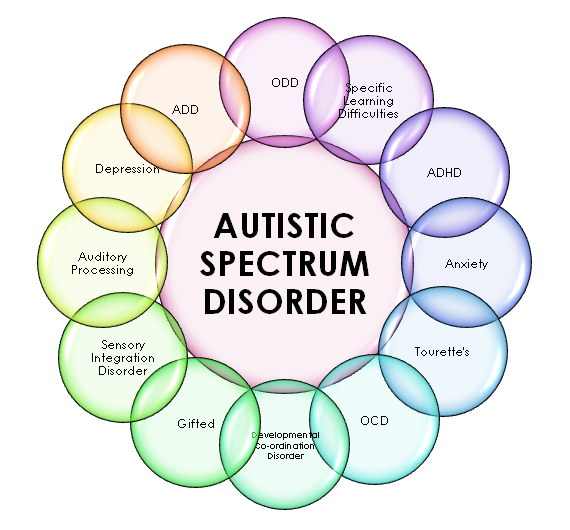Exactly how to Produce an Inclusive Atmosphere for Buddies and Household with Autism
Exactly how to Produce an Inclusive Atmosphere for Buddies and Household with Autism
Blog Article
Recognizing Autism: A Comprehensive Overview to Indicators and Signs
Autism Range Disorder (ASD) includes a vast array of characteristics that can substantially affect an individual's social interactions and everyday performance. Recognizing these subtleties not only aids caretakers and instructors in providing proper support yet also fosters an extra inclusive atmosphere for individuals with ASD.
Summary of Autism Range Problem
Defining Autism Range Problem (ASD) involves identifying it as a complicated neurodevelopmental problem defined by a variety of difficulties in social communication, communication, and behavioral patterns. The term "spectrum" reflects the vast variability in symptoms and their extent, which can differ considerably from one individual to another. ASD commonly shows up in early youth, although some people might not get a diagnosis up until later on in life.
Elements affecting the growth of ASD include environmental variables and hereditary predispositions, although the specific reasons remain under examination. Diagnosis commonly relies upon behavior assessments, as there are no clear-cut clinical examinations for ASD. Early intervention is crucial and can substantially enhance end results, concentrating on enhancing interaction abilities, social interactions, and adaptive behaviors.
People with ASD may likewise show special toughness, such as outstanding attention to information or details locations of competence. Understanding the complex nature of ASD is important for promoting an inclusive setting that suits neurodiversity. Continued research study is crucial for developing reliable treatments and support group, enabling individuals with ASD to prosper and meet their potential within society.
Common Indicators of Autism
Recognizing the common indicators of Autism Spectrum Problem (ASD) is essential for early recognition and treatment. These signs can differ commonly in intensity and discussion, however certain attributes are frequently observed in individuals with ASD.
One of the most prevalent indicators is a significant problem in keeping and establishing eye contact. People may also exhibit restricted passion in social interactions and show a preference for solitary play.
Sensory level of sensitivities are additionally typical; people might underreact or overreact to sensory stimulations, such as audios, lights, or structures. autism. Language development can be atypical, with some kids displaying postponed speech or utilizing language in uncommon methods, consisting of echolalia-- duplicating sentences or expressions heard somewhere else
It is vital to keep in mind that not every individual with ASD will show all these signs, and the level of these actions can differ dramatically. Early recognition enables prompt assistance and sources, improving the quality of life for those on the spectrum.
Social Communication Difficulties
Social communication challenges are a hallmark of Autism Spectrum Condition (ASD), impacting an individual's capability to engage properly with others. These troubles can manifest in numerous means, consisting of difficulties in launching and keeping discussions, understanding social cues, and reacting suitably in social communications.
Individuals with ASD might battle with nonverbal interaction, such as eye contact, facial expressions, and body movement. This can lead to misunderstandings, as their communicative intent might not be appropriately analyzed by others. In addition, they might locate it challenging to comprehend the nuances of tone and context, which are essential for effective communication.
In team settings, individuals with ASD might feel overloaded and might not know just how to join in discussions (autism). They could additionally exhibit irregular conversational patterns, such as monologuing regarding details interests without acknowledging social reciprocity
Additionally, these obstacles can result in social isolation or problems in developing partnerships, as peers might misunderstand their behavior or communication style. Comprehending these social communication difficulties is critical for fostering supportive environments that promote social skills development and improve the high quality of interactions for individuals on the autism spectrum.
Sensory Level Of Sensitivities and Actions
Many individuals with Autism Spectrum Disorder (ASD) experience heightened sensory sensitivities that can considerably impact their day-to-days live. These find sensitivities may manifest as over-responsiveness or under-responsiveness to sensory stimuli, including noises, lights, structures, preferences, and scents. For example, a person with ASD may find everyday noises, such as a vacuum or crowded settings, overwhelmingly upsetting, leading to anxiety or crises. On the other hand, some may show an indifference to discomfort or extreme temperatures, which can position security worries.
Sensory handling differences in individuals with ASD can likewise affect their ability to engage in routine tasks and social interactions. A youngster who is delicate to touch may stand up to physical affection or stay clear of specific clothes fabrics. Additionally, a preference for particular structures or preferences can restrict nutritional choices and create challenges throughout mealtimes.
Understanding these sensory level of sensitivities is important for identifying the distinct experiences of individuals with ASD. Recognition of their sensory accounts can promote far better interaction and assistance approaches, creating an environment that accommodates their needs and enhances their lifestyle. Eventually, acknowledging sensory sensitivities is an important part of understanding the wider spectrum of autism.

Sustaining Individuals With Autism
Efficient assistance for people with Autism Spectrum Condition (ASD) is critical for enhancing their general wellness and cultivating independence. Support methods need to be tailored to meet the special demands of each person, this article considering their difficulties and toughness.

Social skills training can likewise play an essential duty. autism. Involving people in team tasks or role-playing scenarios can enhance their ability to navigate social interactions. Furthermore, it is necessary to inform member of the family, caregivers, and peers about ASD to foster a supportive and comprehensive area
Verdict
By fostering boosted interaction and social skills, people with autism can navigate their settings a lot more effectively. Ultimately, boosted understanding and support can dramatically boost the top quality of life for those impacted by ASD.
Autism Range Problem click this (ASD) incorporates a broad range of characteristics that can dramatically affect a person's social interactions and day-to-day functioning.People with ASD may battle with nonverbal communication, such as eye call, facial expressions, and body language.Lots of individuals with Autism Range Problem (ASD) experience increased sensory level of sensitivities that can considerably influence their daily lives.Sensory handling distinctions in individuals with ASD can additionally affect their capability to involve in social interactions and regular tasks.Understanding these sensory level of sensitivities is essential for acknowledging the one-of-a-kind experiences of individuals with ASD.
Report this page